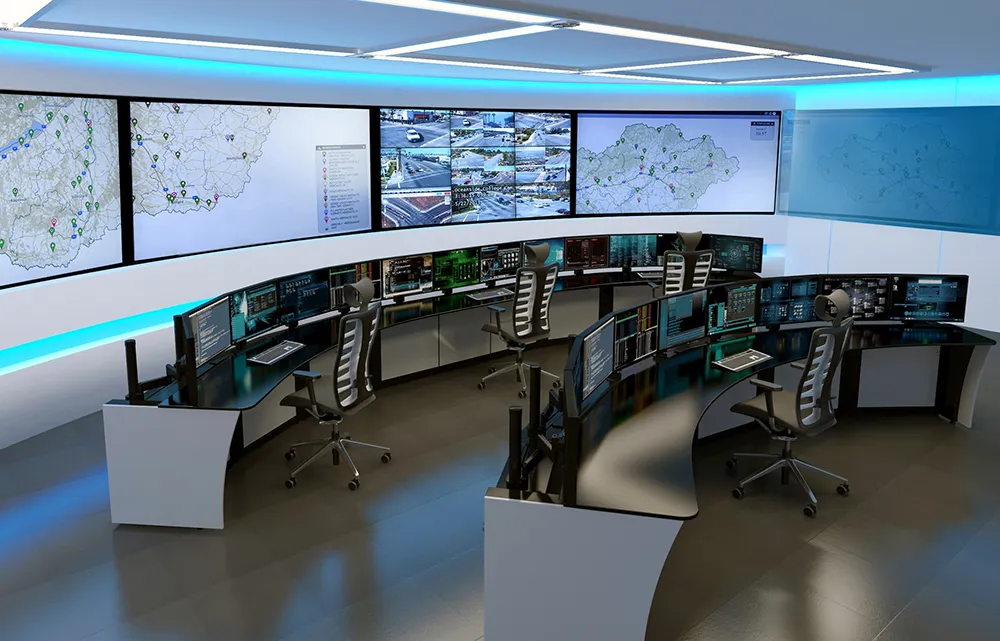The Siemens LED retrofit portfolio has been extended to allow Peek Elite incandescent traffic signals to be upgraded to low-power Siemens CLS LED technology. Offering carbon and energy savings of over 75 per cent, the newly developed retrofit option follows the success of Siemens's Helios retrofit technology and enables even more existing incandescent signals to be upgraded to modern LEDs, whilst maximising the re-use of existing roadside infrastructure.
February 6, 2012
Read time: 2 mins
RSSThe 189 Siemens LED retrofit portfolio has been extended to allow 5984 Peek Traffic UK's Peek Elite incandescent traffic signals to be upgraded to low-power Siemens CLS LED technology. Offering carbon and energy savings of over 75 per cent, the newly developed retrofit option follows the success of Siemens's Helios retrofit technology and enables even more existing incandescent signals to be upgraded to modern LEDs, whilst maximising the re-use of existing roadside infrastructure.
According to Keith Manston, Siemens's head of product management, the significant carbon impact on the environment of existing traffic signalling equipment that needs regular replacement and consumes large amounts of power is a growing concern.
"Having developed a proven retrofit solution for existing installed equipment manufactured by Siemens, this extension enables more existing signals with traditional incandescent lamps such as Peek Elite to be upgraded," he said.
Easy to install and offering full lamp monitoring compatibility, the low-power LED retrofit provides a sustainable solution with minimum waste, high optical brightness and outstanding phantom performance.
According to Keith Manston, Siemens's head of product management, the significant carbon impact on the environment of existing traffic signalling equipment that needs regular replacement and consumes large amounts of power is a growing concern.
"Having developed a proven retrofit solution for existing installed equipment manufactured by Siemens, this extension enables more existing signals with traditional incandescent lamps such as Peek Elite to be upgraded," he said.
Easy to install and offering full lamp monitoring compatibility, the low-power LED retrofit provides a sustainable solution with minimum waste, high optical brightness and outstanding phantom performance.









